#picea abies
Text

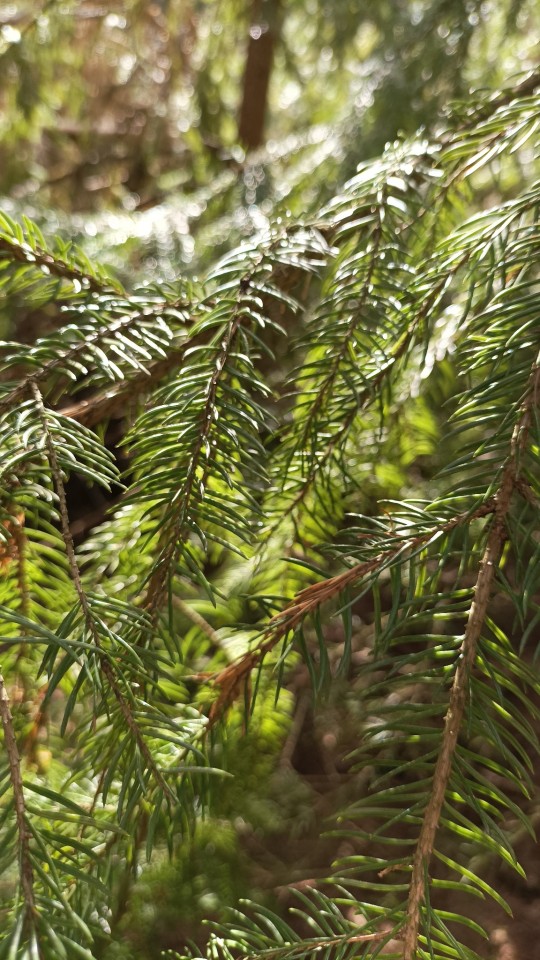
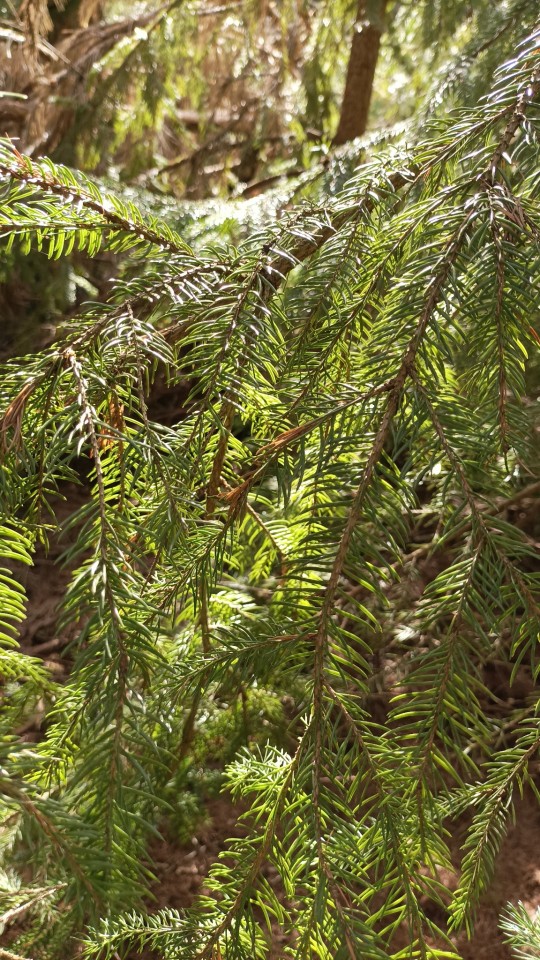
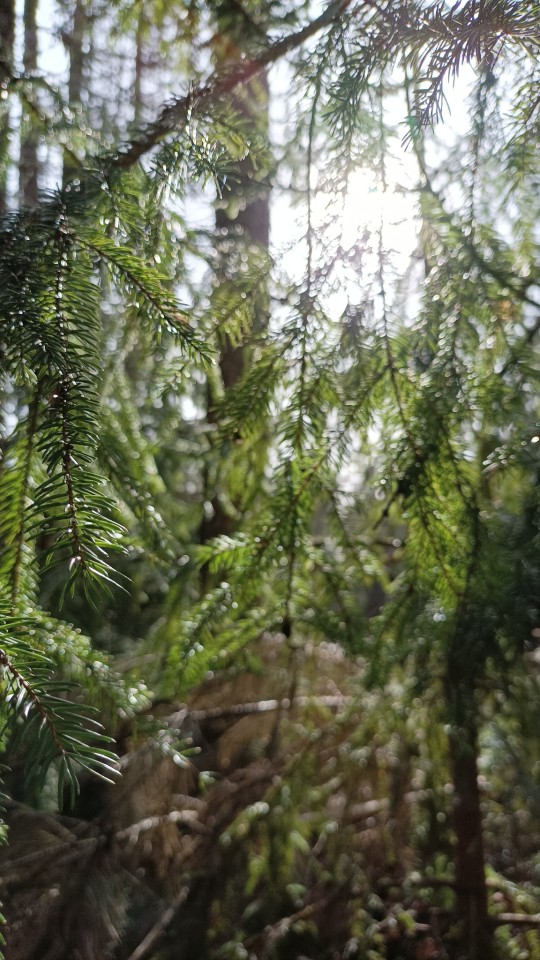
18 | 03 | 2023 : first sunny days of march
#naturecore#forestcore#plants#my photography#mine#forest#nature#cottagecore#cottageblr#picea abies#spruce
6 notes
·
View notes
Photo

#photographers on tumblr#original photographers#black and white#forest#trees#dead trees#withered trees#dry#climate change#broken trunk#european spruces#picea abies#scotch pine#pinus sylvestris#smrk ztepilý#borovice lesní#snow#bnw#tábor
6 notes
·
View notes
Text
My seeds are sprouting!
So far it's only one in the pot, and the two I put in the mini-fridge
0 notes
Text
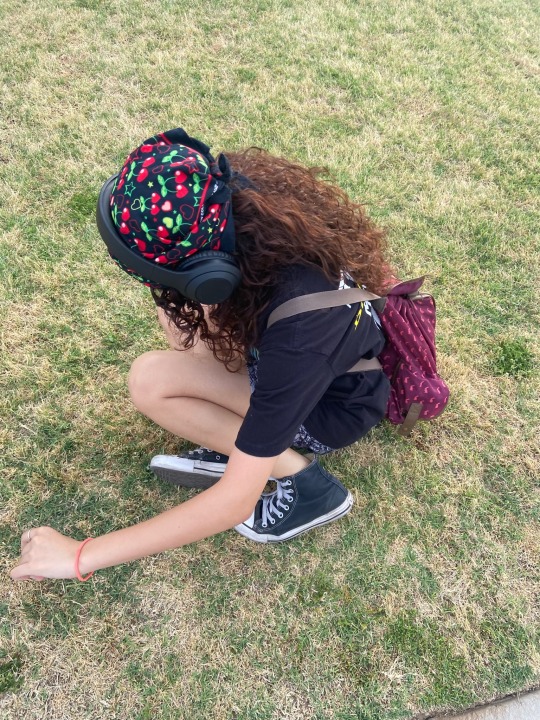
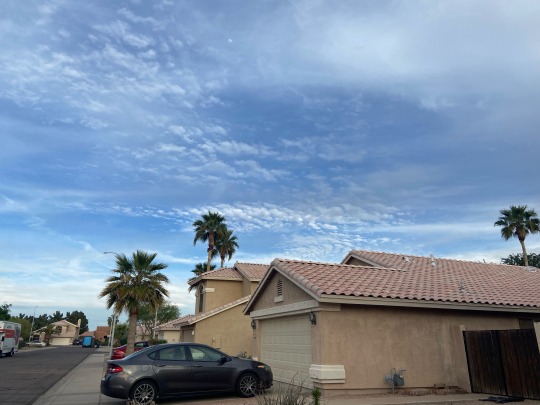

I have pice 📝
0 notes
Photo

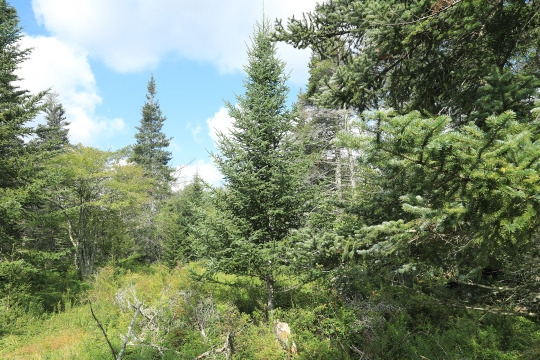
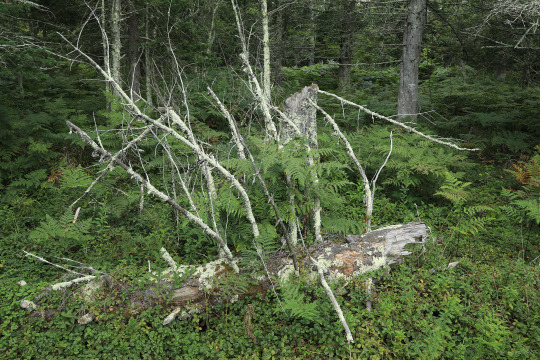
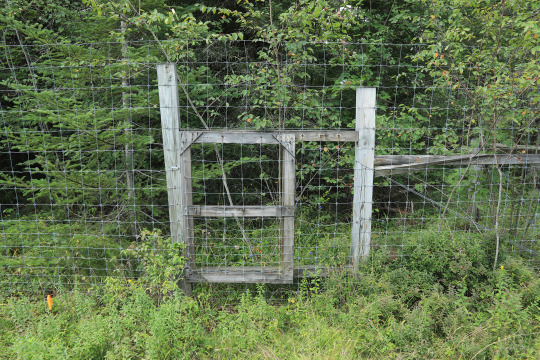
Species at risk: Canaan fir (Abies balsamea var. phanerolepis). Canaan fir is a recognized subspecies of Balsam fir with cone scales extending from the bracts, which differentiates it from Abies balsamea. This gorgeous, medium-sized tree grows up to fifty feet tall and is known to occur naturally in only a few locations of the higher elevations of West Virginia and Virginia. Because it tolerates high moisture and early frosts better than balsam and Fraser fir and holds its deep green needles for a very long time, this tree has become increasingly popular with the Christmas tree and landscaping trades. Sadly, Canaan fir in its native habitat faces three existential threats: over-browsing by deer; infestation by balsam woolly adelgid (Adelges piceae), an introduced pest; and climate change. With the loss of native predators and the expansion of favorable habitat, white-tailed deer have proliferated throughout Central Appalachia and are literally chomping away at the rich diversity of Appalachia’s forests, including young fir trees. If fir saplings are fortunate enough to survive deer browsing, they will almost certainly succumb to infestation by balsam woolly adelgid as they reach maturity and start to produce cones. In Canaan Valley, one of the tree’s few strongholds, efforts are underway to plant seedlings and secure stands of young fir with deer fencing (above) in hope of keeping the trees alive long enough to produce seed-bearing cones before they are killed off by the adelgid. The hope is to maintain a sustainable population of trees until an effective treatment is found for adelgid infestation. As an aside, this awful imported pest has taken a terrible toll on Fraser fir stands in the Southern Appalachians and is steadily working its way through native fir stands throughout North America. However, even if an effective adelgid treatment is found, stressors from climate change may well kill off these magnificent trees anyway.
#appalachia#vandalia#west virginia#allegheny mountains#canaan valley#canaan valley national wildlife refuge#ecology#conservation#climate change#fir#abies balsamea var. phanerolepis#canaan fir#adelges piceae#balsam woolly adelgid
52 notes
·
View notes
Photo

Boston Traditional Landscape
Picture of a medium-sized, conventional, gravel driveway on a yard with full sun.
0 notes
Text
Climate Change Fuels Northwest Tree Die-back
I’ve been living in the Pacific Northwest since 2006. I moved here in part because of the overall milder weather compared to the Midwest where I grew up. And yet since then I’ve watched the average temperatures get hotter, the hot periods get longer, and the rainy season shorten at both ends like the edges of a dried leaf curling up in drought. This has led to an increase in tree die-back.
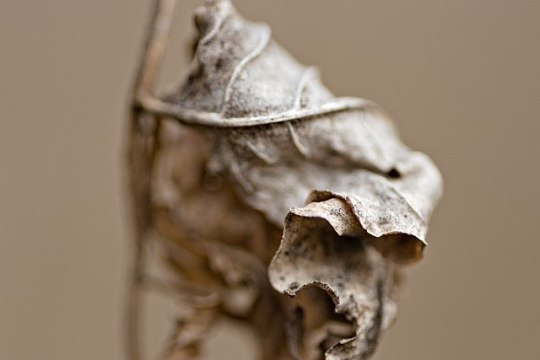
There’s no more iconic natural symbol of this region than a forest. Images of vast conifer woods are used to attract tourists here, and tree iconography graces company logos, license plates, and the flag of our bioregion. The timber industry still holds immense amounts of power and land here, but conservation groups are hard at work preserving as much non-plantation forest as possible, especially the last few scraps of old growth.
It is alarming, then, to see that some of the first widely visible casualties of climate change are trees.
Last year Oregon saw the biggest die-off of fir trees–true firs in the genus Abies, not the Douglas fir, Pseudotsuga menziesii. My favorite species of tree, the western red cedar (Thuja plicata) is also declining at a frightening rate. And for the last few years, I’ve watched numerous Sitka spruce trees (Picea sitchensis) struggle and ultimately die; mature trees are surprisingly susceptible. It’s not just the conifers that are in trouble, though; one of the region’s largest deciduous trees, the bigleaf maple (Acer macrophylla) has also been hit hard by hotter, drier summers.

It’s a one-two punch, because drought-stressed trees are more susceptible to diseases and parasites. The Sitka spruce are plagued by spruce aphids, for example, but the other species also have trouble fighting off their attackers. Couple that with warmer winters that may not kill off as many invertebrates, fungi, and bacteria as usual, and infestations often roar back even bigger once spring returns. If the trees were healthy and well-hydrated their immune systems might have a better chance of fending off pathogens, but drought weakens them too much.
Other denizens of the forest are struggling, too. Amphibians here and elsewhere aren’t just going to be seeing more of their habitat dry up, but they’re also feeling more pressure from fungal infections and other pathogens. And last year the mycelium of many fungi dried out so badly in the heat that we had a terrible fall mushroom season; fungi need a certain level of hydration to be able to move the nutrients required to build the mushrooms.
I wish I could tell you there were sure fixes for tree die-back and other environmental ills. Unfortunately, even a basic understanding of climate change makes it clear that this is a massive, multi-faceted problem compounded by other environmental destruction. There are plenty of people trying to pick this massive Gordian knot apart, but it’s going to take time, and for those of us alive right now climate change mitigation is more likely than total reversal.

But–sometimes the best thing one single person can do is tug at an individual thread. And sometimes that can make a difference on a local, personal level. For example, arborists suggest that if you have a small number of vulnerable trees in your yard, you may be able to help them get through the drought with supplemental watering. Planting more native trees is still a valid way to help, too! Your young seedlings and saplings may also need some extra water each summer, but even if only some of them survive further tree die-back that’s still more trees than there were before. Just make sure you’re planting them in appropriate ecosystems!
Since I mentioned them earlier, amphibians and other wildlife can benefit from the preservation and restoration of their habitat, even small patches of wetlands and other cool, damp places. If you’re feeling ambitious and have the opportunity, building a small pond and surrounding it with native plants may offer frogs and salamanders a safe place to spawn and rest.
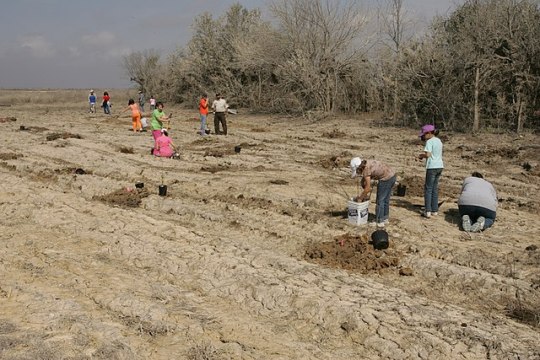
Even if you don’t have a yard or can’t take on a project at home, see if any local municipal, county, or nonprofit organizations need volunteers for habitat restoration projects in your area. Biodiversity centered on native species is one of the best ways to help an ecosystem weather harsh changes; even if one species is struggling, another native species in the ecosystem may be able to take up some of the slack and still support the overall web of interrelationships. Removing invasive species is quite possibly one of the best ways to prepare an ecosystem for the onslaught of climate change. And not every member of a given species is going to drop dead instantly; a healthy population of a species can handle some mortality and still reproduce enough to keep going. Habitat restoration is key to both bolstering biodiversity and increasing population numbers of the species themselves. That’s going to help the trees, the fungi, the amphibians, and everyone else, too.
Finally, it’s important to keep taking care of yourself. You can’t be a good steward to the nature around you if you’re so tired and depressed that you can barely get out of bed. The stress of climate change, sociopolitical turmoil, and interpersonal issues, among other things, is enough to have knocked a lot of people down; even I have days where my optimism gets tarnished and worn. So please don’t feel bad if you just can’t muster the time, energy, or other resources to “go save the world.” Do your best to get that self-care going, even if it’s just the bare bones, and no need to feel guilty, either.

One thing I find helps a lot when I’m feeling down about, well, everything is to take Mr. Rogers’ advice and look for the helpers. The news is full of negativity because that’s what gets clicks. But I try to focus on ways people are trying to improve things. Sometimes amid the scary headlines I do find stories of scientific breakthroughs that can help curb climate change symptoms, or other environmental success stories. I consider that in spite of the unwieldiness of large, governmental bodies, there are people within federal, state, and other public entities who are doing their best to use the resources available to them to do some good in the world. I also reconnect with individual people I know who are trying to make the world a better place, even in very small ways, and I remember that quite often the changes that are helping are too quiet and unobtrusive to make it into the media. Or, as Tolkien said via Gandalf the Grey: “I have found that it is the small everyday deed of ordinary folks that keep the darkness at bay. Small acts of kindness and love.”
And I walk outside, where there are still many Sitka spruce in view. A few of them still show damaged branches from previous heat waves, but they persist in spite of that. In the weeks to come, the tips of their branches will start growing bright green new growth for the year. I can’t promise them that I can save every single one in the next tree die-back, but it reaffirms for me that I still have many reasons to keep fighting.
Did you enjoy this post? Consider taking one of my online foraging and natural history classes or hiring me for a guided nature tour, checking out my other articles, or picking up a paperback or ebook I’ve written! You can even buy me a coffee here!
#climate change#tree#forest#environment#environmentalism#conservation#habitat restoration#endangered species#nature#trees#look for the helpers#amphibians#wildlife#ecology#self care#fungi#mycelium#drought
73 notes
·
View notes
Text
An Experiment:
Examining the preferences of white-tailed deer (Odocoileus virginiana) for native (Picea glauca) vs. non-native (Picea abies) spruce cones
Methodology:
Results:
Inconclusive, deer running left could indicate a preference for native cone, more controls are needed.
9 notes
·
View notes
Text
Les "Conifères" comprennent un certain nombre de familles dont les plus importantes sont :
1 - Les Pinacées
- les sapins (Abies),
- les pins (Pinus),
- les épicéas (Picea),
- les tsugas (Tsuga),
- les Douglas (Pseudotsuga),
- les cèdres (Cedrus)
- les mélèzes (Larix) qui sont les seuls à perdre leurs feuilles en hiver.

2 - Les Taxodiacées
- les séquoias
- les Cryptomerias
- le cyprès chauve

Cyprès géant
3 - Les Araucariacées
- les araucarias (Araucaria)
- les agathis propres à l'hémisphère Sud.
4 - Les Podocarpacées

- les Podocarpus, présents dans l'hémisphère austral dès l'ère secondaire
- les Phyllocladus.
5 - Les Taxacées et les Céphalotaxacées comprennent les ifs dont notre if à baie (Taxus baccata), baie qui enveloppe la graine
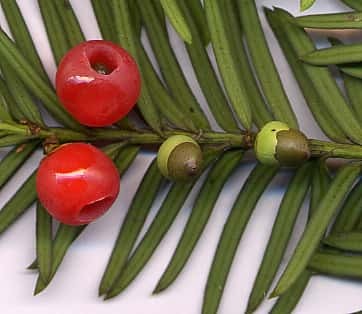
2 notes
·
View notes
Text
Ecology of the Uzungöl
New Post has been published on https://uzungol.net/en/uzungol/ecology-of-the-uzungol.html
Ecology of the Uzungöl
Uzungöl is a region which has special ecological conditions, it also has a rich vegetation cover which is used in cosmetics and medicine and also bearing an international value. For these reasons, Uzungöl was declared as a natural park in the year of 1989 and has been declared as a special environmental area in the year of 2004. Uzungöl which is located in the south east of the Trabzon and foothills of the Soğanlı Mountains is a natural lake formed with the landslide occurred about 500 years ago when this landslide disturbed the Haldizen River.
The altitude of the lake is about 1100 meters and the width of the lake which is in the form of the ellipse is about 7 kilometers. Forests are generally having the eastern spruce and eastern beech trees within the richness in plant diversity. As the altitude increases, the plant diversity of the vegetation covers changes. You can see another color of the same flower in a higher altitude. For example, you can see a red populous trebula in the 500 meters but when you reach to the 750 meters it is possible to see the same flower with yellow color. Uzungöl region has very rich plant diversity. There are about 157 different plant species in the Uzungöl.
We can say the followings about the diversity of life in the Uzungöl; there are about twenty wild animals in the region. These animals include; mountain cock, bear, mountain goat, fox, lynx, wolf, coyote, twilight weasel, deer, barn owl, and wild rabbits. The region is also quite rich in terms of bird diversity. The region is the home of 150 different species of bird. Almost fifty of these one hundred and fifty birds are the birds who exist in the region during the seasonal migratory. Because of these mentioned reasons, the region is a very convenient area for bird watching. You can also have the opportunity to observe up to 15 different kinds of bird species in the lake which freezes partially during the winter season. If we need to give a few examples for the flora diversity in Uzungöl, we can tell these flowers species; Sambucus nigra, Populous trebula, Coronilla orientalis, Atropa belladonna, Geranium psilostemon, Verbascum vulcanicum, Taraxacum officinialis, Veronica pectinata, Abies normaniana, Piceae pungens, Piceae orientalis, Echium plantagineum, Calystegia silvatica, Campanula bononiensis, Trifolium resupinatum, Trifolium medium, Crepis foetida, Ranunculus rapiens, Helichrysum arenarium, Dorycinium pentaphyllum, Rosa canina, Boreva orientalis, Atropa belladonna, Verbascum vulcanicum, Veronica pectinata, Piceae pungens, Echium plantagineum, Campanula bononiensis, Trifolium medium, Ranunculus rapiens, Dorycinium pentaphyllum, Anchorium elichrysifolium.
2 notes
·
View notes
Photo
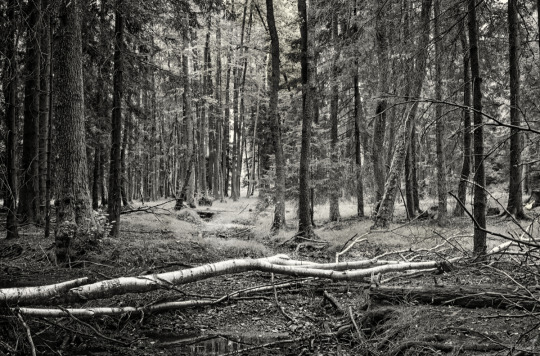
#photographers on tumblr#original photographers#black and white#landscape#forest#trees#spruces#birch#stream#creek#brook#woods#european spruce#picea abies#smrk ztepilý#silver birch#betula pendula#bříza bělokorá#brdy
4 notes
·
View notes
Text
I planted the other seeds and reused the little bag that the seeds originally came in so that I'd have a place to put the damp paper towel for the seeds I'm stratifying
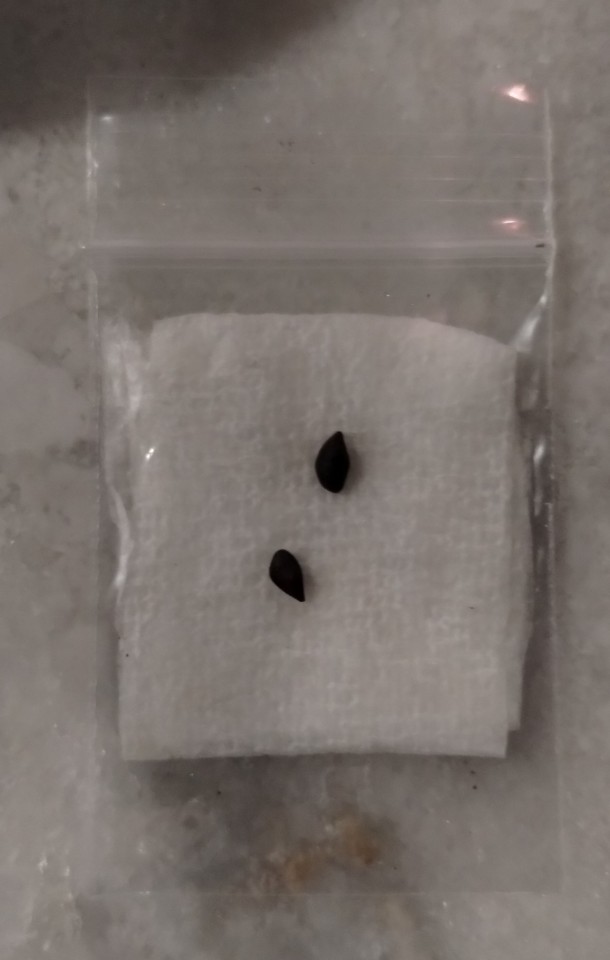
I'll update when I take the seeds out of the fridge in a month or when the seeds I planted sprout, whichever happens first
1 note
·
View note
Text
Picea abies
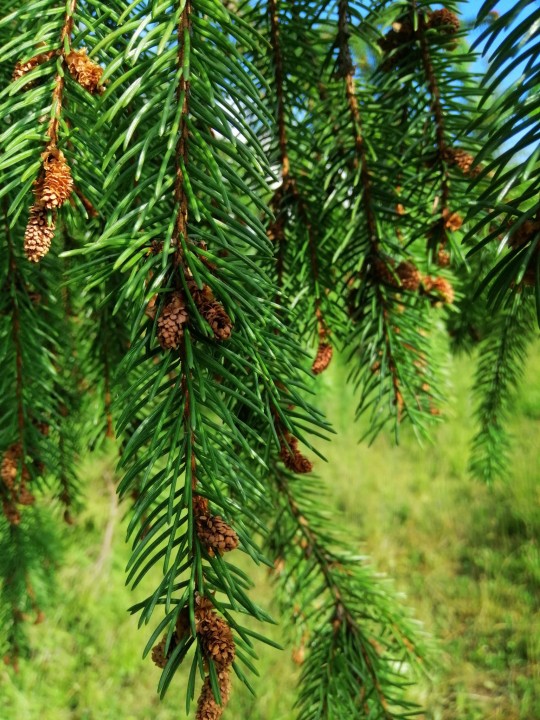
https://en.m.wikipedia.org/wiki/Picea_abies
#nature#naturfotografie#beautiful nature#nature photography#naturesbest#macrophotography#nature photopragpy#pinecone#карпати
2 notes
·
View notes
Text

Épicea commun (Picea abies), arbre remarquable, forêt de Fontainebleau.
2 notes
·
View notes
Text
Gebäudedämmung aus Holzfaser
„…Für die Herstellung von Holzfaserdämmplatten in Europa werden Schwarten, Späne und Hackschnitzel (Verschnitt aus den Sägewerken) der Gemeinen Fichte (Picea abies) verwendet. Fichtenholz hat den Vorteil der hohen Verfügbarkeit und einer besonders gut geeigneten Faserqualität, welche den fertigen Dämmplatten im Verhältnis zur Rohdichte eine hohe Festigkeit verleiht. Aufgrund der vorhandenen…

View On WordPress
#Augsburg#Bayern#Festigkeit#Fichtenholz#Gebäudedämmung#Hackschnitzel#Holzfaser#Holzfaserdämmplatten#holzmann-bauberatung.de#Porigkeit#Sachverständigenbüro Holzmann-Bauberatung®#Sachverständiger#Späne#Trockenverfahren#Wärmedämmvermögen#Wärmeleiter
0 notes
Text
https://www.poppinsplants.co.uk/product/picea-abies-inversa/
Small Garden Plant Ideas for Big Impact: Poppins Plants
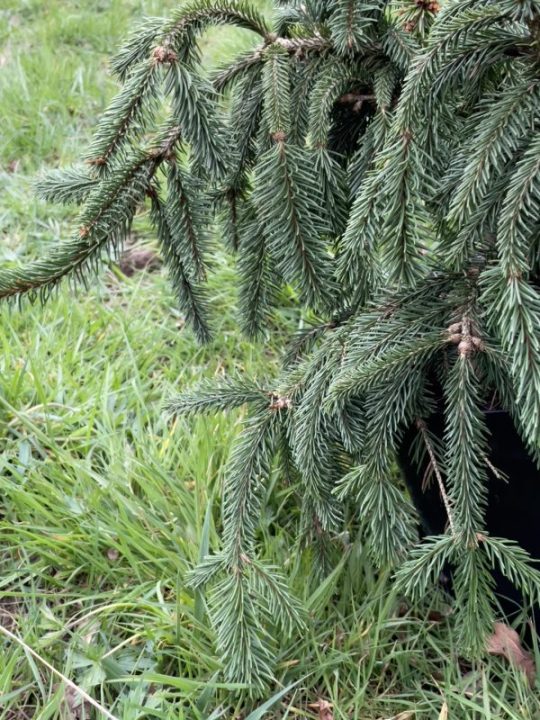
With our carefully chosen selection of plants and creative ideas, you can transform your tiny garden into a verdant oasis. At Poppins Plants, we recognise that having a small area doesn't have to mean sacrificing beauty and greenery. See our carefully curated collection of miniature garden plants, which have been selected to flourish in small areas while creating a significant visual effect. Our selection of small garden ideas plants includes blossoms that are sure to please any type of gardener, no matter how small or experienced. Discover how to use climbing plants to fill in as much vertical space as possible, construct a vibrant floral paradise that turns your small patch into a peaceful retreat, or make a small herb garden for culinary delights. You may unleash your imagination and transform your tiny garden into a green space with our professional advice and recommendations.
For More Information
Website: https://www.poppinsplants.co.uk/product/picea-abies-inversa/
Addres:- Norfolk, United Kingdom
Email:- [email protected]
Phone:- (+)447702069176
0 notes